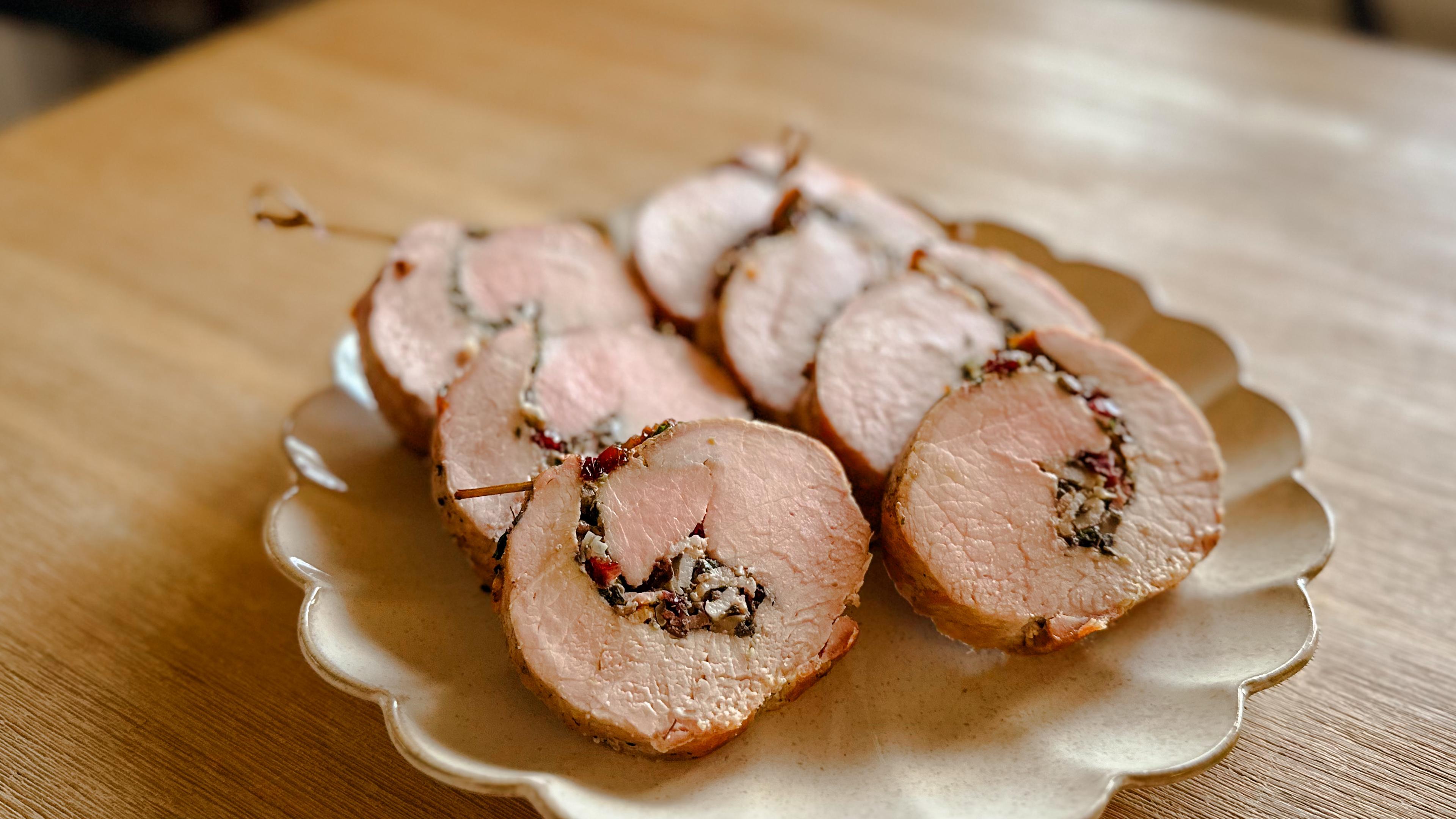How to Cook Orzo Pasta

| 2 min read


Medically reviewed by Shanthi Appelo, MS, RD
How to Cook Orzo on a Stovetop
Total Time:
20 minutes
Prep Time:
5 minutes
Cooking Difficulty:
Easy
Serving Amount
Ingredients
1 cup(s) orzo
2 cups water or broth
salt, if desired
1 tbsp butter or olive oil
Instructions
Step 1
Use 2 cups of water or broth for every 1 cup of uncooked orzo. This will yield 2 cups of cooked pasta. Use this ratio to determine how much water to put in, then salt the water to your preference and health needs. Start with 1 teaspoon of salt per cup of water.
Step 2
Add the pasta once the water begins to boil. Cook the pasta for about 7 to 8 minutes or until it reaches al dente, which means firm to the bite. The orzo should appear slightly golden when fully cooked.
Step 3
Drain the water with a fine mesh colander, transfer to a serving bowl and toss the pasta in 1 tablespoon of melted butter or olive oil before serving. Olive oil or butter will keep the orzo from sticking together and add flavor.
How to Pan Cook Orzo
Total Time:
20 minutes
Prep Time:
5 minutes
Cooking Difficulty:
Easy
Serving Amount
Ingredients
1 cup(s) orzo
11⁄2 cups water or broth
salt, if desired
2 tbsp butter or olive oil
Instructions
Step 1
Heat or melt 2 tablespoons of olive oil or butter in a pan or skillet over medium-low heat.
Step 2
After the butter has melted or olive oil is hot, add your uncooked orzo to the pan. Mix well to coat the pasta in butter or olive oil. Stir continuously until the pasta is lightly golden brown, which should take about 4 minutes.
Step 3
Slowly add water or broth to the pan. Use a whisk or spoon to evenly spread the mixture and let the liquid come to a light boil. You will want to see light simmering bubbles appear before reducing the heat.
Step 4
Reduce the heat from medium to low. Cook until all of the liquid is absorbed, which should take about 12 to 15 minutes.
Step 5
Once all the water or broth is absorbed, it is ready to serve. Add salt or seasoning according to your personal preference and health needs.
How to Store Leftover Orzo
- Fridge: Let pasta cool, then store orzo in an airtight container for up to five days. If you plan to add the orzo to salads, make sure to drizzle the pasta with olive oil and fluff it while it's still hot to avoid clumping, then cool and refrigerate it.
- Freezer: You can freeze leftovers in a sealed container or freezer-safe bag that will be good for up to eight months.
- Reheating: When you’re ready to eat your leftovers, warm orzo up on a stovetop with a 1/8 cup of water or broth to freshen it up. You can also microwave it in a microwave safe dish for one minute or until warm.





